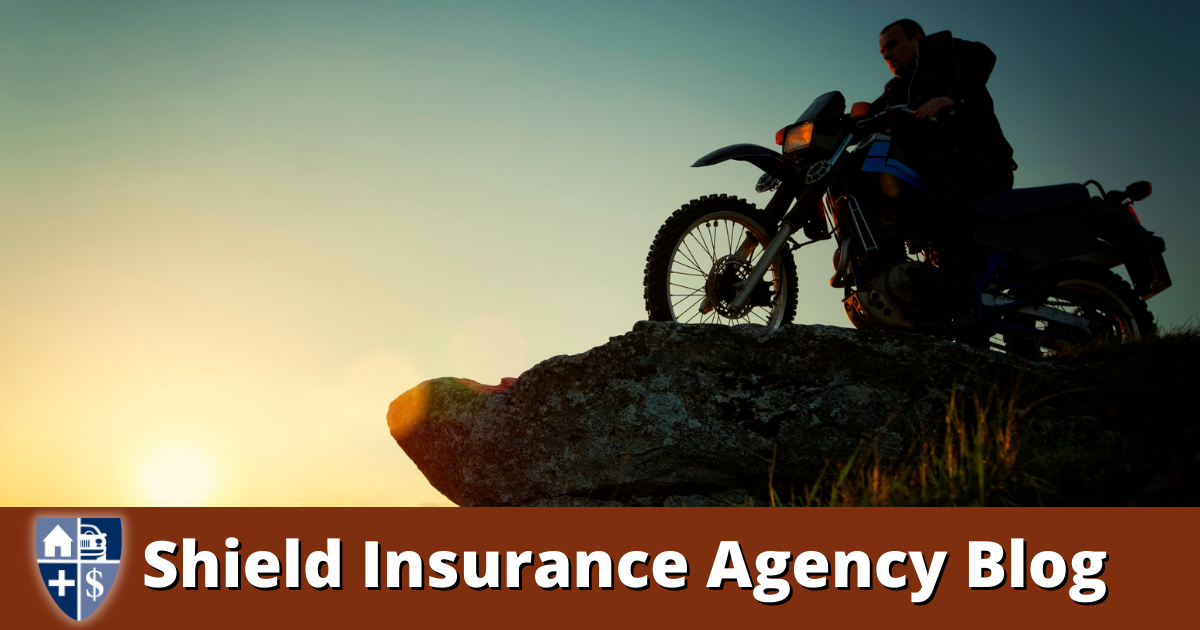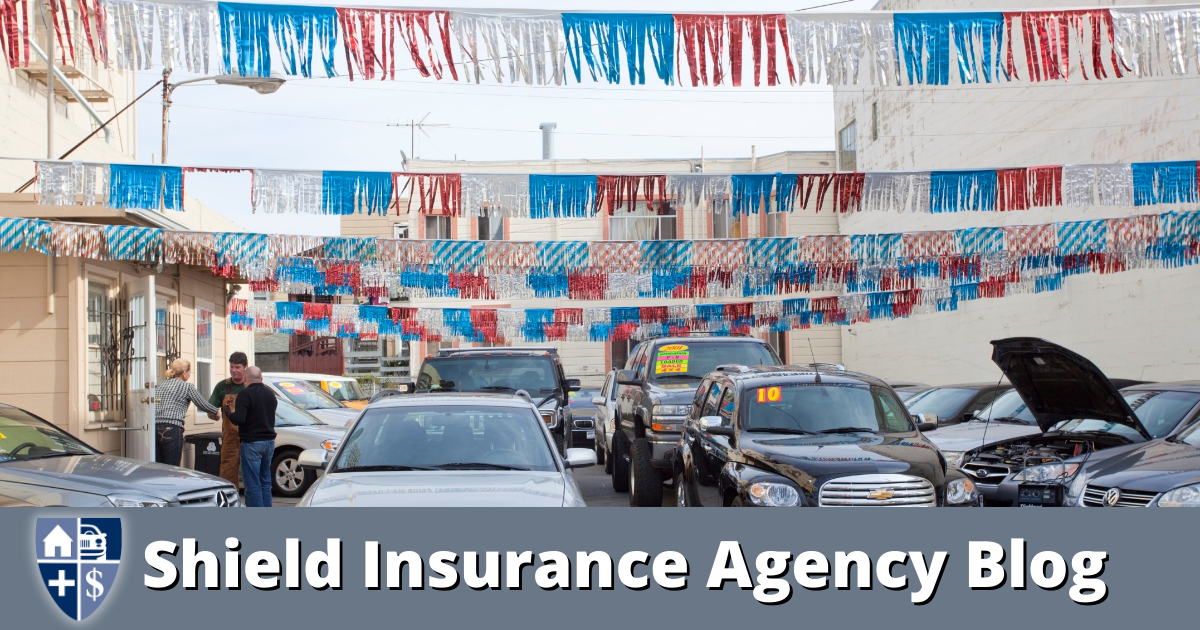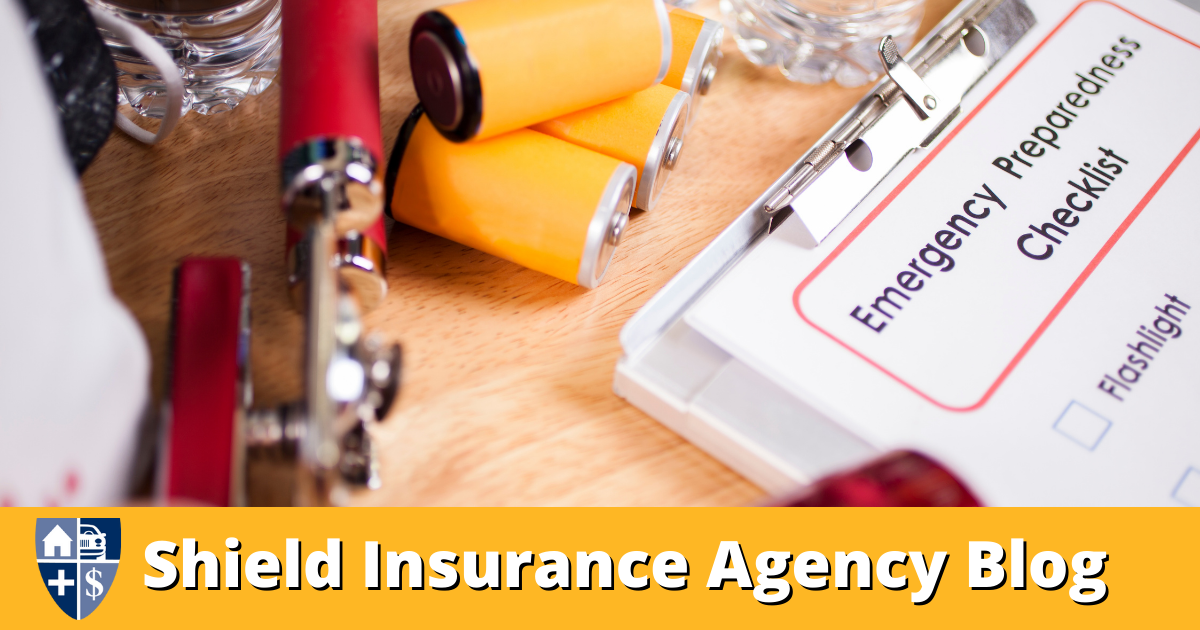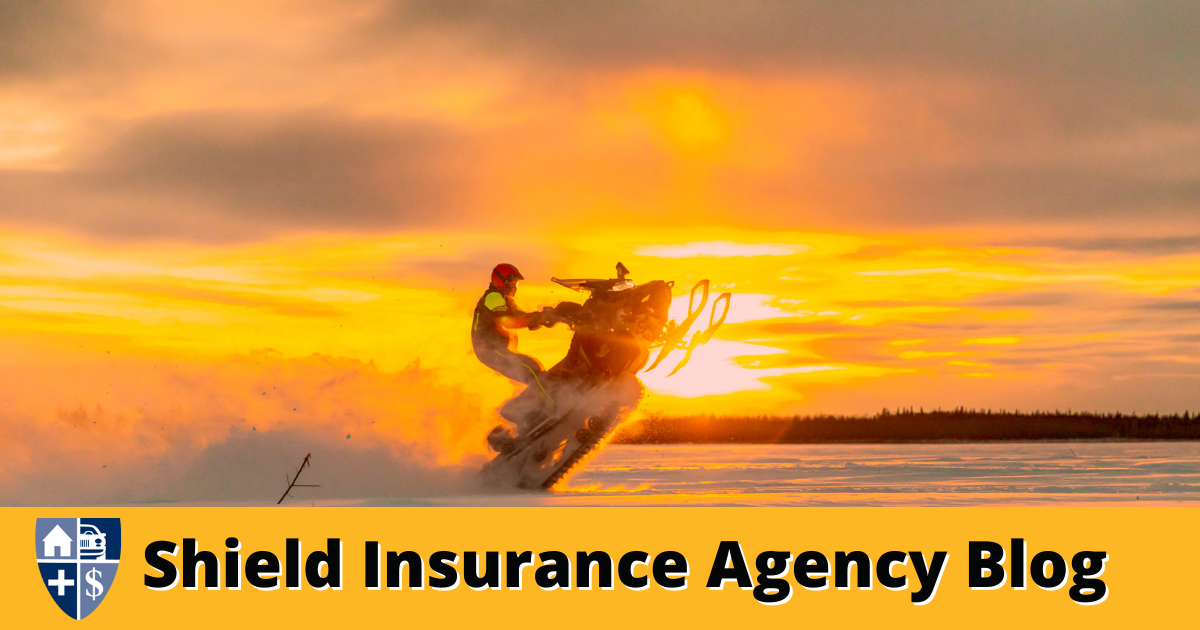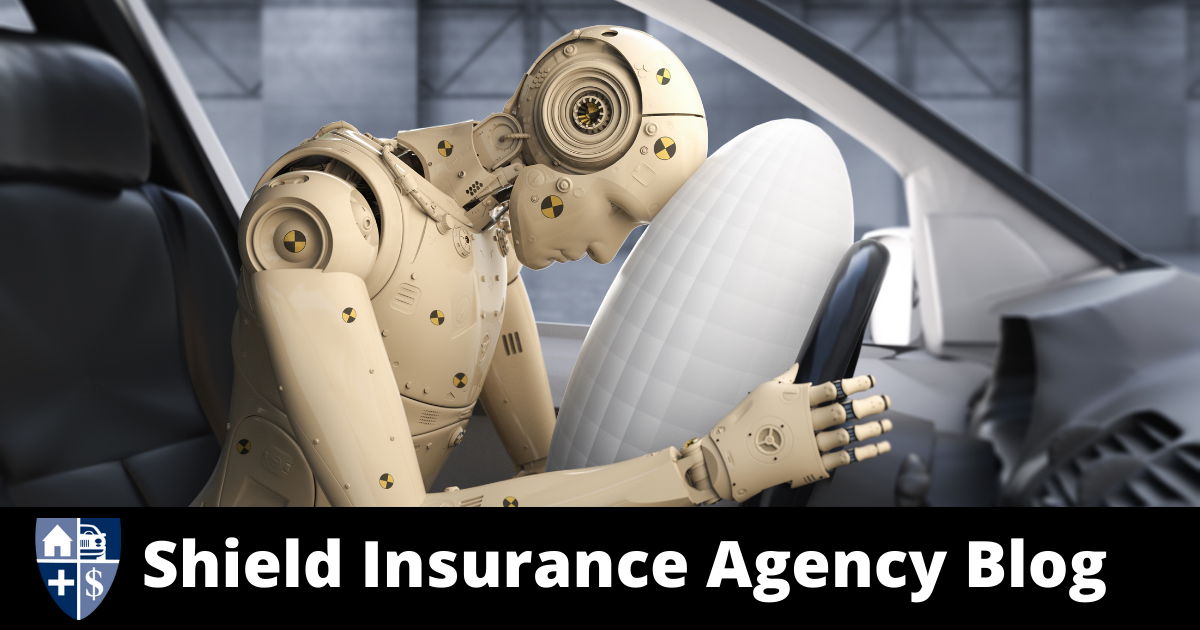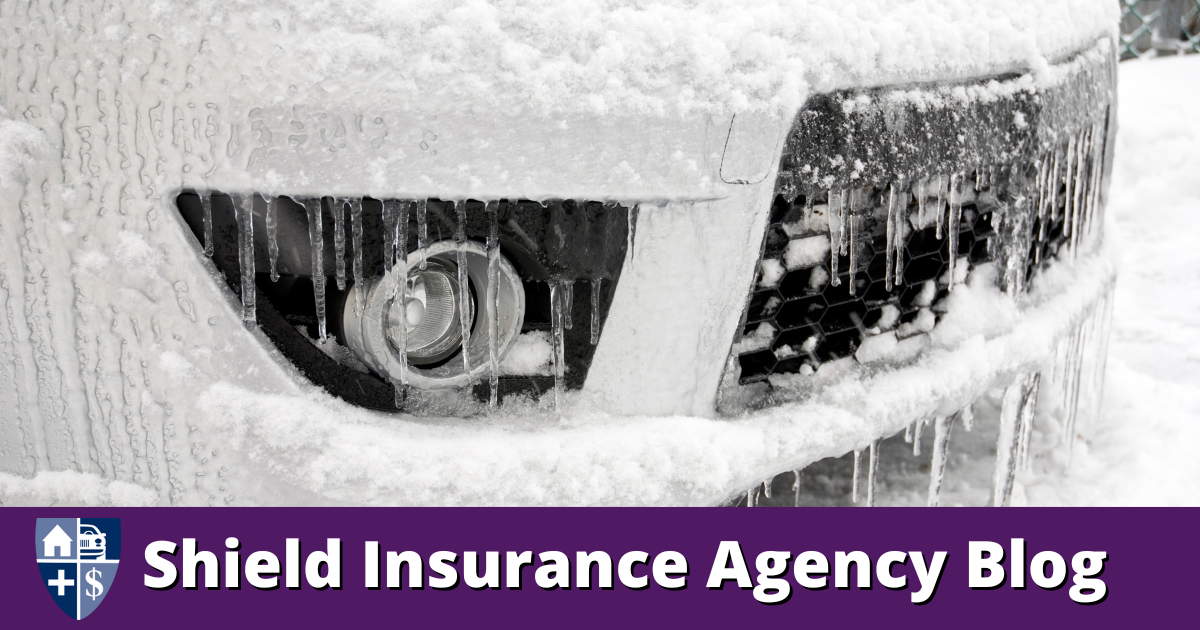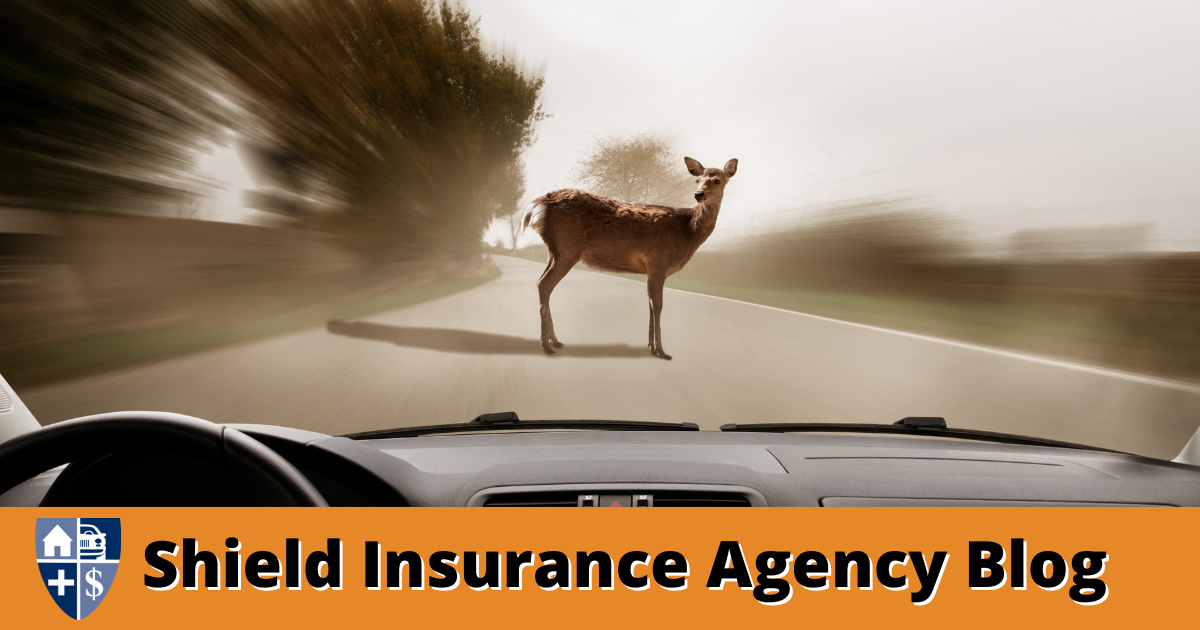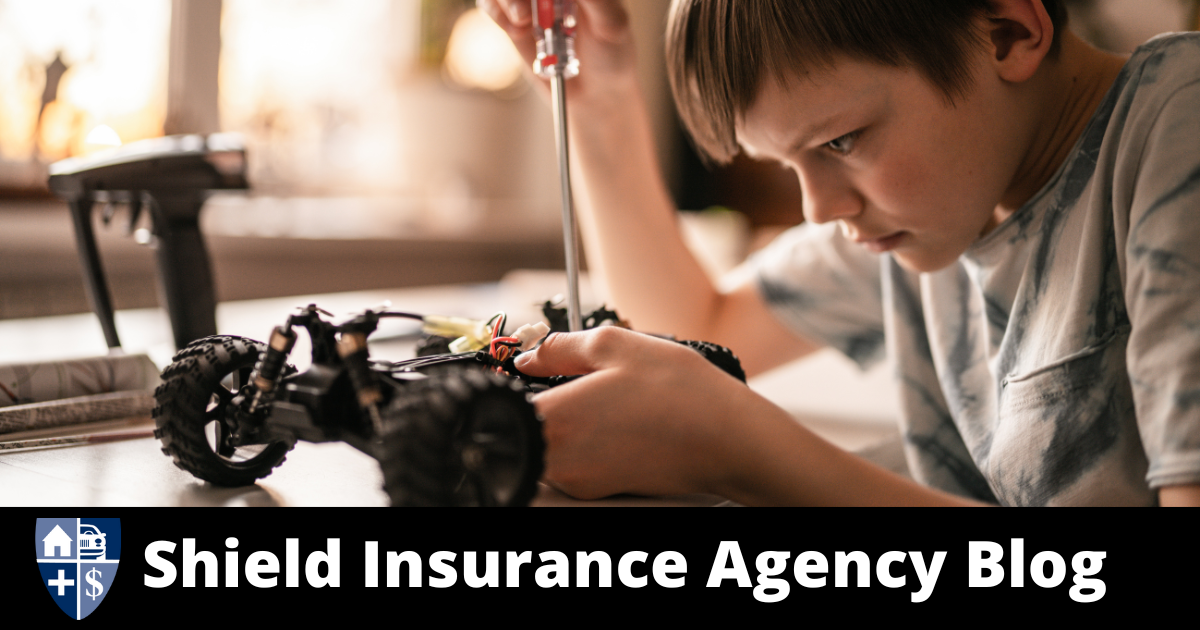Consumer Reports | Jen Stockburger & Benjamin Preston | Dec 13, 2022 | Crash Data | Auto Insurance
IIHS pushes for proven front-seat safety technology to improve rear-seat passenger safety
The Insurance Institute for Highway Safety released its first crash ratings for a rear-seated dummy in its moderate frontal overlap crash test, a scenario the nonprofit has been running for some time. The rear-seat results mark the first frontal crash-test ratings in the U.S. focused on rear passengers, and the next step as IIHS continues to push for improved crash safety. However, the first round of the new testing showed that there is still work to be done to better protect rear-seat passengers.
“In our rear-seat safety features ratings, we reward manufacturers that put proven front-seat safety technologies in the rear seats,” says Emily Thomas, manager of auto safety for CR’s Auto Test Center. “The new ratings from IIHS have the potential to expand the implementation of these technologies, which can improve crash outcomes for rear occupants.”
The update IIHS has made to its moderate-overlap frontal crash test includes a Hybrid III crash-test dummy that represents a small adult or a 12-year-old child sitting in the rear outboard seat. The moderate-overlap test in combination with the small-overlap frontal and side-impact tests are key crash-related elements of a vehicle’s IIHS crashworthiness score.
The first round of testing covered 15 small SUVs, showing an overall imbalance in protection between front- and rear-seat passengers. The new testing focuses on the dummy’s potential for head, neck, chest, and thigh injuries; head contact with the vehicle interior; and the potential for seat belts to move from proper belt placement to higher injury risk areas on the dummy.
Among the models tested, IIHS found that only the Ford Escape and Volvo XC40 protected the rear occupant well enough to earn a Good rating overall—IIHS’ highest score. The Toyota RAV4 earned a second-tier Acceptable rating, while the Audi Q3, Nissan Rogue, and Subaru Forester received the second-from-bottom Marginal rating. Another nine SUVs—the Buick Encore, Chevrolet Equinox, Honda CR-V, Honda HR-V, Hyundai Tucson, Jeep Compass, Jeep Renegade, Mazda CX-5, and Mitsubishi Eclipse Cross—received the lowest rating, Poor. (Note that these tests were conducted on the previous generation CR-V, HR-V, and Tucson.)
The new IIHS test data complements Consumer Reports’ existing rear-seat safety features ratings, which combines CR’s longstanding work in evaluating a vehicle’s potential for child safety through child car seat and booster seat fit with crash-protection features intended for rear occupants of all ages and sizes. In its scoring, CR evaluates the presence of features already proved to provide benefits for front occupants, such as head restraints of adequate height and advanced seat-belt features that improve both fit and crash performance. Features that have become nearly universal in the front seat—namely adjustable upper seat-belt anchors and seat-belt pretensioners and load limiters—have been slow to become standard features in the back seat. In its new testing, IIHS illustrates those features’ potential to improve a vehicle’s rear-seat crash scores.
“In the front seat, crash tensioners (pretensioners) tighten the seat belts the instant a crash begins so that the occupant’s body begins to slow with the vehicle. Then, as the tightened belt stops the occupant from flying forward, force limiters allow some of the webbing to spool out to reduce the risk of chest injuries,” says IIHS.
Although this is the first time Hybrid III crash dummies are being used in the rear seat in frontal crash testing in the U.S., they have been part of safety testing in Europe—in the European New Car Assessment Program, or Euro NCAP—since 2015. In Europe, manufacturers moved quickly to include advanced seat-belt technology in rear seats as standard equipment to improve the injury outcomes for rear passengers.
“Manufacturers have been slower to include this technology in U.S.-market vehicles, but these new ratings should spur huge safety improvements for rear-seat passengers,” says Thomas. “Over the years, IIHS and Euro NCAP have shown the significant influence consumer crash-testing programs can have on the marketplace.”
More of the story…
